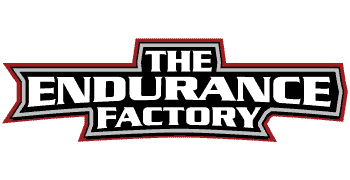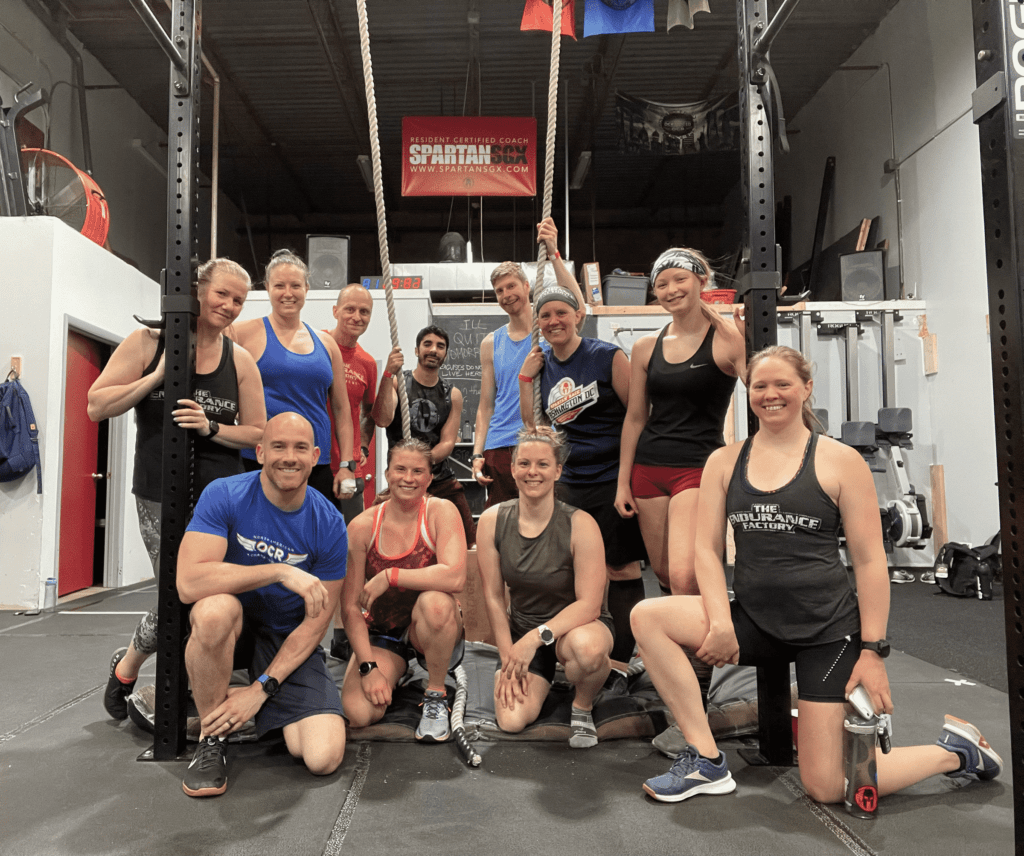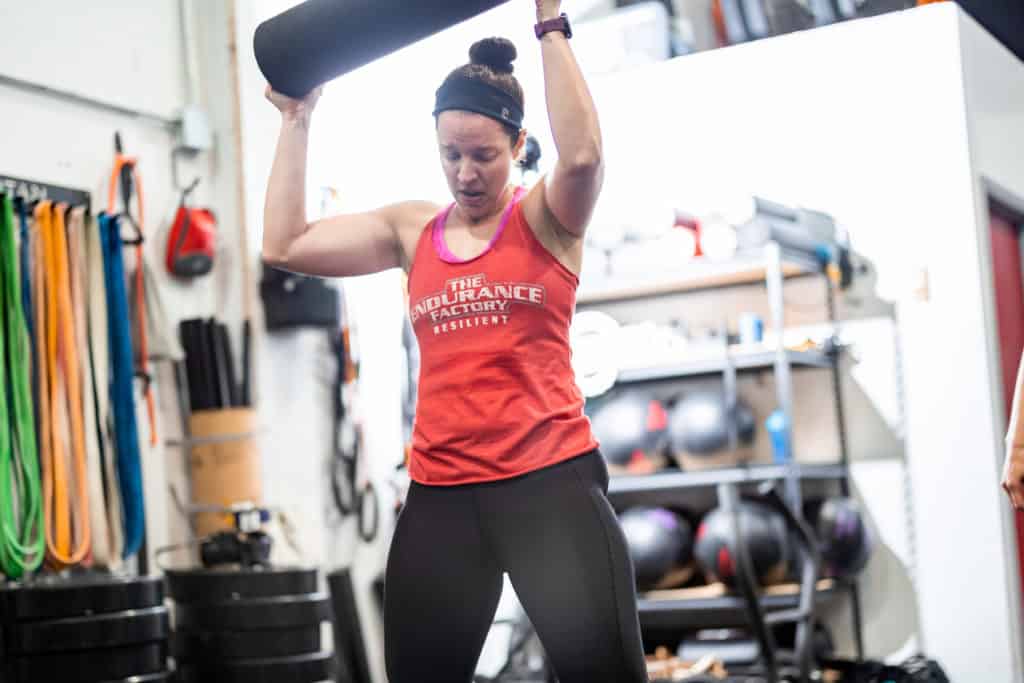Just starting out with CrossFit and eager to see optimal results? Understanding the crucial role that nutrition plays in your fitness journey is key. In this beginner’s guide, we will investigate into the fundamental principles of how proper nutrition can significantly impact your performance, recovery, and overall success in CrossFit.
Table of Contents
ToggleKey Takeaways:
- Understand Your Macros: Knowing the right balance of macronutrients (protein, carbohydrates, and fats) is vital for optimizing your performance and recovery in CrossFit.
- Stay Hydrated: Proper hydration is crucial for maintaining energy levels, regulating body temperature, and supporting muscle function during intense CrossFit workouts.
- Plan Your Meals: Meal prepping and timing your meals around your workouts can help ensure you have the right fuel to power through your CrossFit sessions and promote muscle growth and recovery.
Aligning Your Nutritional Goals with CrossFit Training
It is vital to align your nutritional goals with your CrossFit training to maximize your results and overall performance. Proper nutrition not only fuels your workouts but also supports muscle recovery and growth, helping you achieve your fitness goals more effectively.
Setting Clear Fitness Goals
With CrossFit, setting clear and specific fitness goals is crucial to progress and see results. Whether your goal is to improve strength, increase endurance, or lose weight, having a clear roadmap will help guide your training and nutritional choices. By outlining your objectives, you can tailor your diet to meet the specific demands of your CrossFit routine and support your desired outcomes.
Tailoring Your Diet to Support Muscle Growth and Recovery
With CrossFit’s high-intensity workouts, muscle growth and recovery are key components of success. To enhance muscle growth and support faster recovery, focus on consuming adequate protein to repair and build muscle tissue. Additionally, prioritize carbohydrates to fuel your workouts and replenish glycogen stores, and include healthy fats for overall energy and hormone production.
Understanding the importance of macros – protein, carbs, and fats – in your diet is crucial for optimizing your performance and results in CrossFit. By strategically incorporating these macronutrients into your meals, you can support your training, improve recovery, and ultimately achieve your fitness goals more efficiently.
Essential Nutrients for CrossFit Athletes
The
Macronutrients: Types and Ratios
Essential for any CrossFit athlete looking to maximize performance and recovery are the three macronutrients: carbohydrates, proteins, and fats. These nutrients play a crucial role in providing energy, building and repairing muscles, and supporting overall health. It is important to understand the types and ratios of macronutrients that are optimal for CrossFit athletes.
- Carbohydrates: These are the body’s primary source of energy and are crucial for fueling intense CrossFit workouts. A diet rich in complex carbohydrates such as whole grains, fruits, and vegetables can help sustain energy levels and improve performance.
- Proteins: Essential for muscle repair and growth, proteins are key for CrossFit athletes to recover from intense training sessions. Lean protein sources like chicken, fish, tofu, and legumes should be included in every meal to support muscle maintenance and development.
- Fats: While often misunderstood, healthy fats are necessary for hormone production, joint health, and overall wellbeing. Including sources of unsaturated fats like avocados, nuts, and olive oil in the diet can help support optimal performance and recovery.
Assume that a balanced diet consisting of 40-50% carbohydrates, 25-30% proteins, and 25-30% fats works well for most CrossFit athletes. However, individual needs may vary based on training intensity, goals, and metabolic differences.
Micronutrients and Their Roles
Fats
For CrossFit athletes, micronutrients play a crucial role in supporting overall health, performance, and recovery. These necessary vitamins and minerals help regulate various bodily functions and processes, including energy production, immune function, and muscle contractions.
Repair
It is important for CrossFit athletes to prioritize consuming micronutrient-rich foods such as leafy greens, colorful fruits and vegetables, nuts, seeds, and lean proteins to ensure optimal nutrient intake. While macronutrients provide the fuel for workouts, micronutrients are necessary for supporting the body’s internal functions and promoting long-term health and wellness.
Step-by-Step Guidance on Pre- and Post-Workout Nutrition
Many athletes underestimate the critical role that nutrition plays in optimizing CrossFit performance. By properly fueling your body before and after workouts, you can enhance your endurance, strength, and overall results. Let’s break down the vitals of pre- and post-workout nutrition to help you maximize your CrossFit gains.
| Tips for Pre-Workout Meals and Snacks | Tips for Developing a Post-Workout Recovery Plan |
Tips for Pre-Workout Meals and Snacks
You should aim to consume a balanced meal or snack containing carbohydrates and protein about 1-2 hours before your CrossFit session. This will provide your body with the necessary energy to perform at its best during the workout. Opt for complex carbohydrates like whole grains and lean proteins such as chicken or tofu.
- Avoid high-fat foods before a workout as they can slow down digestion and make you feel sluggish.
- Stay hydrated by drinking water throughout the day leading up to your workout.
Knowing what works best for your body may require some trial and error, but over time, you’ll develop a pre-workout eating routine that fuels your performance effectively.
Developing a Post-Workout Recovery Plan
Recovery is just as important as the workout itself when it comes to maximizing your results in CrossFit. After a strenuous session, your body needs nutrients to repair muscles and replenish glycogen stores. A post-workout meal or snack should ideally be consumed within 30 minutes to an hour after exercising.
Aim to include a combination of protein and carbohydrates in your post-workout nutrition to kickstart muscle recovery and replenish energy stores. This could be a protein shake, a chicken and quinoa bowl, or Greek yogurt with fruit. Experiment with different options to find what works best for your body and aids in your recovery process.
Hydration Strategies for Optimal Performance
Understanding the Role of Fluids in Exercise
Optimal performance in CrossFit is highly dependent on proper hydration. Unlike nutrition, which focuses on fueling your body with the right foods, hydration plays a critical role in regulating body temperature, lubricating joints, transporting nutrients, and flushing out waste products during intense workouts. Dehydration can lead to fatigue, decreased strength and endurance, and impaired recovery, all of which can hinder your progress in the gym.
Tips for Effective Hydration Before, During, and After Workouts
Even minor dehydration can have a noticeable impact on your performance. To ensure you stay properly hydrated before, during, and after your CrossFit workouts, follow these tips:
- Start your day with a glass of water to kickstart your hydration.
- Carry a refillable water bottle and sip on it throughout the day.
- Monitor your urine color – pale yellow indicates adequate hydration.
To optimize your CrossFit results, consistency in your hydration practices is key. Proper hydration should be a priority throughout your day, not just during your workouts. Be mindful of, the goal is not just to drink water, but to stay consistently hydrated to support your body’s peak performance.
- Thou shalt not rely solely on thirst as a hydration indicator.
Meal Planning and Preparation for Success
Despite your best efforts in the gym, your results can be greatly hindered if your nutrition isn’t on point. Meal planning and preparation are key components to ensuring you stay on track with your CrossFit goals. By taking the time to plan and prepare your meals in advance, you can set yourself up for success and avoid the temptation of reaching for unhealthy options when hunger strikes.
CrossFit-Friendly Meal Ideas
Planning out your meals ahead of time can help ensure that you are getting the right balance of macronutrients to fuel your body for your CrossFit workouts. Some CrossFit-friendly meal ideas include grilled chicken with quinoa and roasted vegetables, turkey and avocado wraps, or a protein-packed salad with chickpeas and feta cheese.
Time-Saving Meal Prep Techniques
Preparation is key when it comes to saving time in the kitchen. One effective technique is to batch cook your proteins, grains, and veggies at the start of the week. This not only saves time during the week but also ensures that you have healthy options readily available when you need them.
Your time-saving meal prep techniques can also include investing in quality storage containers that are both microwave and dishwasher safe. This will make it easy to portion out your meals and grab them on the go, whether you’re headed to work or the gym.
Factors Affecting Individual Nutritional Needs
Once again, it is crucial to recognize that individual nutritional needs can vary based on a variety of factors. Understanding these factors is crucial in developing a nutrition plan that maximizes your CrossFit results. Factors such as age, gender, body type, activity level, and training intensity all play a significant role in determining the ideal nutritional approach for each individual.
Adjusting for Age, Gender, and Body Type
There’s no one-size-fits-all approach when it comes to nutrition, especially in CrossFit training. Age, gender, and body type are key factors that must be considered when determining your nutritional needs. For instance, a younger male with a mesomorphic body type may require more protein and carbohydrates to support muscle growth and energy levels compared to an older female with an ectomorphic body type. This highlights the importance of tailoring your nutrition plan to your specific characteristics to optimize your performance and results.
Considering Activity Level and Training Intensity
Intensity is another crucial factor to consider when determining your nutritional requirements for CrossFit training. The level of activity and intensity of your workouts will have a direct impact on the amount of energy (calories) and macronutrients your body needs to perform at its best. For instance, high-intensity workouts like CrossFit WODs (Workout of the Day) require a sufficient intake of carbohydrates to fuel your muscles and support recovery. It is crucial to adjust your nutrition plan based on the intensity of your training sessions to ensure that you are adequately fueling your body for optimal performance and results.
Weighing the Pros and Cons of Popular Diets in CrossFit
Not all diets are created equal when it comes to maximizing your CrossFit results. It’s important to weigh the pros and cons of popular diets to determine which one aligns best with your fitness goals and lifestyle. Here is a breakdown of some common diets in the CrossFit community:
| Keto Diet | High fat, low carb diet that can lead to quick weight loss but may impact high-intensity workouts due to limited glycogen stores. |
| Paleo Diet | Focuses on whole foods and eliminates processed items, but may lack sufficient carbohydrates for intense CrossFit workouts. |
| Flexible Dieting (IIFYM) | Allows for flexibility in food choices but requires diligent tracking of macros, which may be cumbersome for some individuals. |
Tips for Evaluating Diet Trends and Fads
Popular diet trends and fads can be enticing, but it’s crucial to evaluate them with a critical eye. Here are some tips to help you navigate the sea of information:
- Consider the long-term sustainability of the diet and its impact on your performance.
- Consult with a nutritionist or dietitian to ensure you’re meeting your dietary needs while following the diet.
Recognizing the difference between a gimmick and a sustainable nutrition plan is key to making informed decisions about your diet.
Analysis of Common CrossFit Diets
One of the most important factors to consider when evaluating common CrossFit diets is how well they support your workout intensity and recovery needs. Each diet has its strengths and weaknesses, so it’s important to choose one that aligns with your fitness goals.
Understanding the nuances of popular diets in the CrossFit community can help you make an informed decision about which one is right for you. Bear in mind, the best diet is the one that supports your performance in the gym and helps you achieve your fitness goals.
Supplement Use: When and What to Consider
Pros and Cons of Adding Supplements to Your Regimen
| Pros | Cons |
| Can help bridge nutritional gaps | May be expensive |
| Convenient way to boost specific nutrients | Potential for harmful side effects |
| Enhance performance and recovery | Not regulated by the FDA |
| May improve energy levels | Can mask underlying health issues |
Supplements can be a useful addition to your CrossFit routine, but it’s crucial to weigh the pros and cons before incorporating them into your regimen. While they can provide benefits like filling nutritional gaps, boosting performance, and increasing energy levels, supplements can also be costly, have potential side effects, and lack regulation by the FDA. It’s crucial to do thorough research and consult with a healthcare provider before starting any new supplement.
Guidelines for Safe and Effective Supplement Use
To ensure safe and effective use of supplements, consider the following guidelines. First and foremost, always choose reputable brands that undergo third-party testing for quality and purity. Additionally, avoid taking more than the recommended dosage, as excessive intake can lead to adverse effects. It’s also crucial to monitor how your body responds to the supplement and discontinue use if you experience any negative symptoms. Lastly, remember that supplements should complement a balanced diet and active lifestyle, not replace them entirely.
Final Words
Ultimately, proper nutrition is necessary for maximizing your CrossFit results. By following the guidelines in this beginner’s guide, you can fuel your body to perform at its best and recover efficiently. Remember to prioritize whole foods, lean proteins, healthy fats, and complex carbohydrates, and stay hydrated to support your workouts and overall health. Consistency is key, so make small changes over time to build sustainable habits that will help you reach your fitness goals.
With the right fuel and dedication to your training regimen, you can optimize your performance, increase your strength, and achieve the results you desire in your CrossFit journey. By understanding the importance of nutrition and how it impacts your workouts, you can take control of your fitness goals and excel in your CrossFit endeavors. Keep pushing yourself, stay committed to your nutrition plan, and watch as your hard work pays off in improved performance and overall well-being.
FAQ
Q: Why is proper nutrition important for maximizing CrossFit results?
A: Proper nutrition is crucial for maximizing CrossFit results because it provides the necessary fuel for workouts, promotes muscle recovery and growth, and aids in overall performance and health.
Q: What are the key components of a CrossFit-friendly diet?
A: A CrossFit-friendly diet should include a balance of macronutrients such as protein, carbohydrates, and healthy fats, as well as micronutrients like vitamins and minerals. Hydration is also necessary.
Q: How can I determine the right amount of calories to consume for my CrossFit goals?
A: The right amount of calories to consume for your CrossFit goals can be determined by factors such as your activity level, current body composition, and specific fitness objectives. Consulting with a nutritionist or dietitian can help tailor a plan to meet your needs.
What should I eat before and after a CrossFit workout?
A: Before a CrossFit workout, it’s beneficial to consume a balanced meal or snack that includes carbohydrates for energy and protein for muscle support. After a workout, focus on replenishing carbohydrates and protein to aid in recovery and muscle repair.
Q: How can I stay consistent with my nutrition for long-term success in CrossFit?
A: To stay consistent with your nutrition for long-term success in CrossFit, consider meal prepping, setting realistic goals, tracking your progress, and seeking support from a coach or nutrition professional. Building healthy habits over time is key to sustained success.







